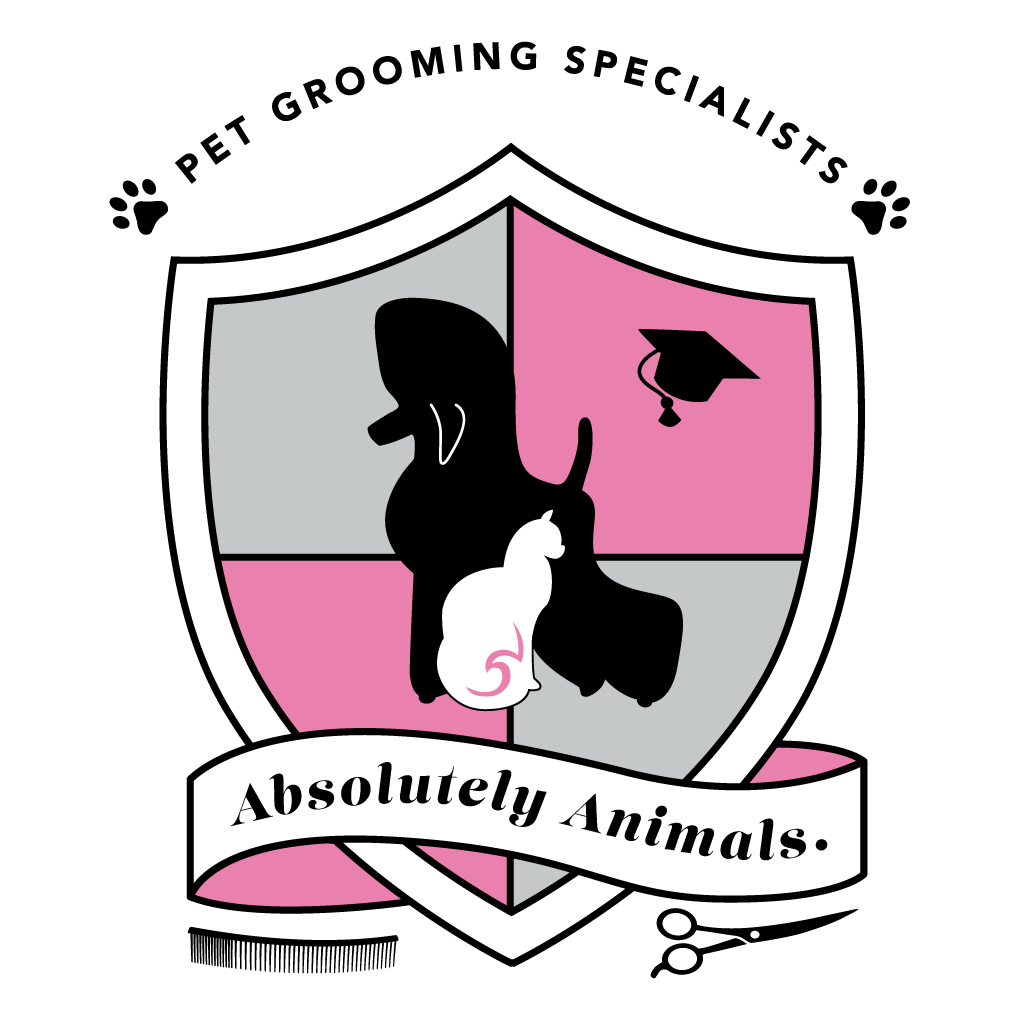Senior Dog Grooming: What to Change as Your Dog Ages
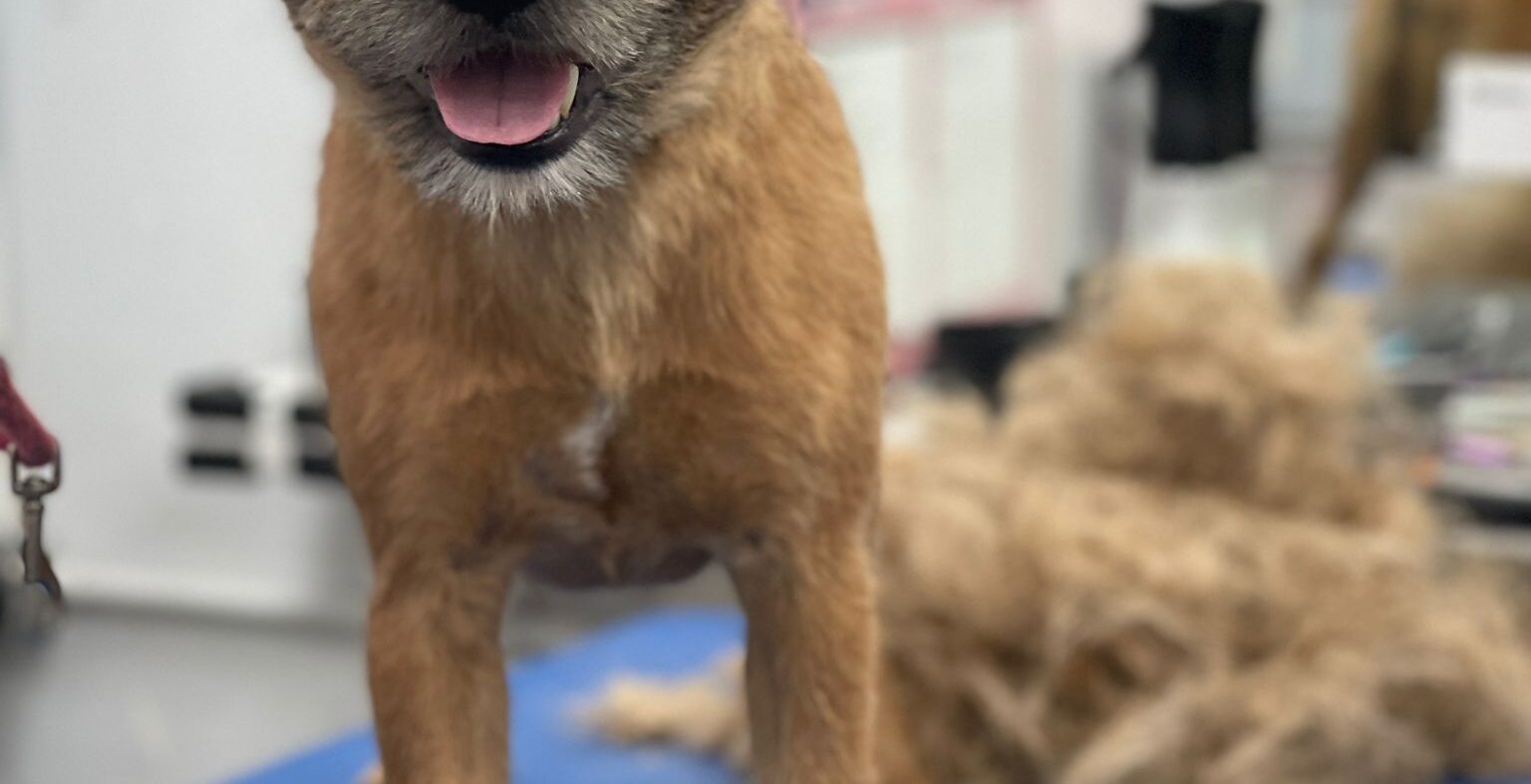
Recognising when your dog is "Senior"
As our beloved dogs age, their grooming needs evolve. Senior dogs require a gentler touch, special tools, and a deeper awareness of their changing bodies. Grooming becomes more than just a beauty routine, it’s a form of health monitoring, comfort care, and quality time.
In this guide, we’ll explore how to groom your senior dog with confidence, compassion, and care.
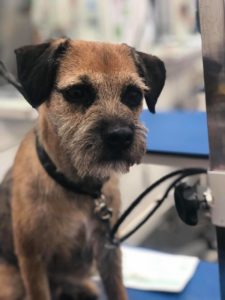
When is a dog considered senior?
The aging timeline varies:
- Small breeds: 10–12 years
- Medium breeds: 8–10 years
- Large breeds: 6–8 years
But more important than the number is noticing signs of aging like:
- Slower movement or stiffness
- Graying fur around the face
- Skin thinning or sensitivity
- Changes in coat texture
Why grooming needs change with age
Senior dogs often face:
- Dry or sensitive skin that requires gentler products
- Joint pain or arthritis making standing difficult
- Thinning coats or patchy fur growth
- More frequent skin issues, lumps, or infections
Grooming routines must adjust to keep them safe and comfortable.
-

7 inch Kiss Texture Scissors
£99.00 inc VAT Add to basket -
Sale!
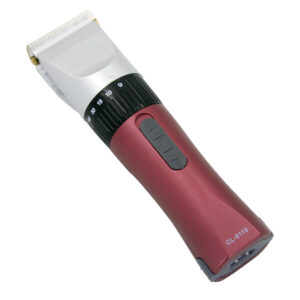
Aeolus Trimmer
Original price was: £69.99.£59.99Current price is: £59.99. inc VAT Add to basket -

Cleany Teeth Starter Kit – Special Offer Deal New and Improved Version 2
£243.99 inc VAT Select options This product has multiple variants. The options may be chosen on the product page -
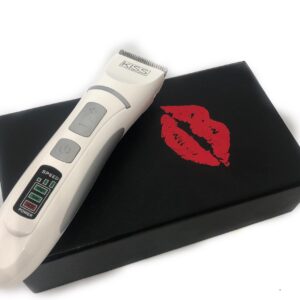
Kiss Grooming Trimmer MC-230
£78.19 inc VAT Add to basket
Gentle handling techniques
Grooming should feel safe and calming for your senior dog. Use:
- Non-slip mats to reduce falls
- Support under the belly for standing dogs
- Frequent breaks if grooming is tiring
- A calm voice and slow movements to reduce stress
For arthritic dogs, consider grooming while they lie down or on an orthopedic surface.
Tools that are senior-friendly
Swap your regular grooming gear for:
- Soft-bristle or rubber brushes for delicate skin
- Low-vibration clippers to avoid startling your dog
- Ergonomic handles for less hand strain (helps you too!)
- Lukewarm air dryers instead of high-velocity blowers
Tip: Keep tools within reach to avoid leaving your dog unattended.
Bathing tips for older dogs
Senior dogs often need less frequent bathing, unless they have incontinence or skin conditions.
- Use lukewarm water
- Choose fragrance-free, sensitive-skin shampoos
- Avoid slippery tubs; consider a walk-in bath or handheld sprayer
- Dry them thoroughly to prevent chills or hot spots
Nail, Ear, and Eye Care
Nails:
Older dogs move less, so nails grow longer and faster
Trim often to prevent posture problems or pain
Ears:
Check for odor, redness, or wax buildup
Use a vet-approved ear cleaner and soft cotton pads
Eyes:
Gently wipe away discharge with a warm, damp cloth
Watch for cloudiness, tearing, or squinting
Dental care for seniors
Dental issues are common in senior dogs and can affect grooming comfort.
- Use soft-bristle toothbrushes or Cleany Teeth Brushes
- Try dental wipes if brushing is too invasive
- Watch for signs of oral pain like pawing at the mouth or bad breath
Grooming as a Health Check
Grooming time is the perfect opportunity to observe changes in your dog’s health:
- New lumps or skin changes
- Weight loss or gain
- Signs of pain, lethargy, or discomfort
Note anything unusual and speak with your vet. Groomers often play a key role in early detection of health issues.
-
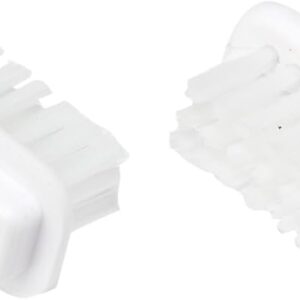
Cleany Teeth – 2x Single Replacement Brushes
£21.24 inc VAT Select options This product has multiple variants. The options may be chosen on the product page -
Sale!
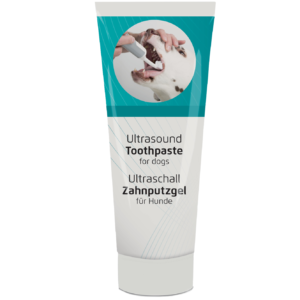
Cleany Teeth – Single Toothpaste for Dogs
Original price was: £11.99.£10.49Current price is: £10.49. inc VAT Read more -

Cleany Teeth Starter Kit – Special Offer Deal New and Improved Version 2
£243.99 inc VAT Select options This product has multiple variants. The options may be chosen on the product page
Final thoughts: Grooming with Love and Patience
Grooming your senior dog isn’t just about looks, it’s about comfort, dignity, and bonding. These sessions become more than routine; they’re a way to say, “I see you, I care for you, and I’m here for you.”
Make grooming a gentle ritual filled with calm energy and positive reinforcement. Your dog may be slowing down, but their need for care and love remains as strong as ever.
